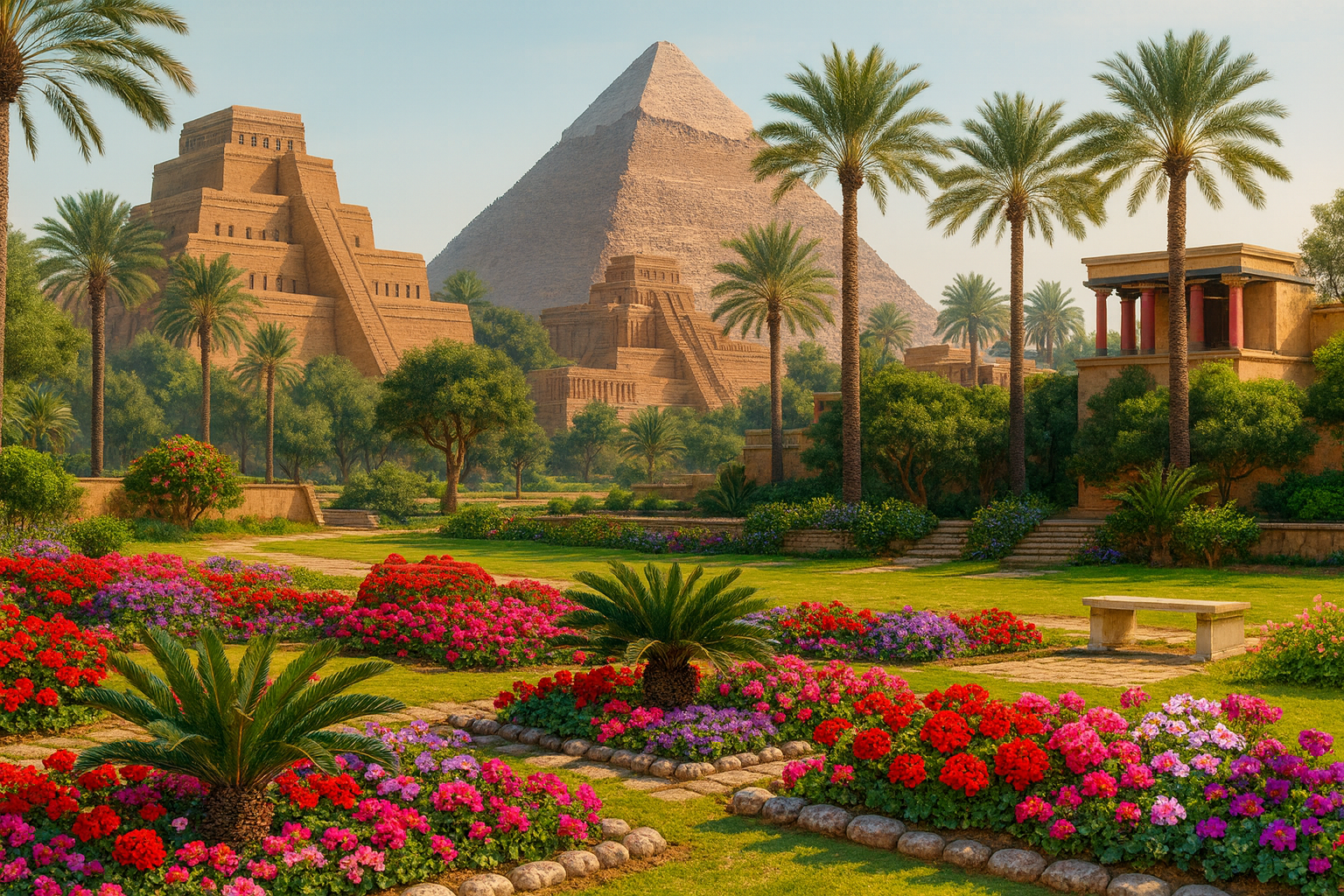The Parthenon, an enduring symbol of ancient Greek architecture, captivates observers with its apparent perfection and harmonious proportions. This visual mastery results from deliberate architectural refinements—subtle deviations from geometric norms—implemented by its creators to counteract optical distortions and enhance aesthetic appeal.
Curved Stylobate
A notable refinement is the curvature of the stylobate, the temple's base platform. Instead of being flat, the stylobate arches upward slightly, with a rise of approximately 2.6 inches at the center of the end facades and about 4.3 inches along the sides. This subtle convexity corrects the optical illusion that would make a perfectly flat surface appear to sag when viewed from a distance, ensuring the temple's base appears straight and stable.
Entasis of Columns
The columns of the Parthenon exhibit entasis—a slight swelling at their midpoint. This design counters the visual effect that would make uniformly straight columns appear concave. By incorporating entasis, the columns maintain an appearance of straightness and structural integrity, contributing to the overall visual harmony of the temple.
Inward-Leaning Columns
Further enhancing the temple's visual coherence, all columns lean slightly inward. If extended upward, they would converge approximately 1.5 miles above the structure. This inward inclination corrects the optical illusion that would make perfectly vertical columns appear to bow outward, thereby reinforcing the perception of structural soundness.
Corner Column Adjustments
The corner columns are marginally thicker and set closer to adjacent columns. This adjustment addresses the visual phenomenon where corner elements, silhouetted against the sky, can appear thinner than they are. By making these columns slightly more robust, the architects ensured a consistent visual weight across the colonnade.
Curved Entablature
The entablature—the horizontal structure supported by the columns—also features a subtle upward curvature, mirroring the stylobate's design. This curvature maintains the visual consistency of the temple's lines, preventing any perception of sagging in the horizontal elements and contributing to the overall aesthetic balance.
These meticulous refinements demonstrate the ancient Greek architects' profound understanding of human visual perception and their commitment to creating structures that transcend mere functionality. By integrating these optical corrections, the Parthenon achieves an enduring visual harmony, embodying the Greeks' pursuit of architectural excellence and their dedication to crafting spaces that resonate with both beauty and precision.









